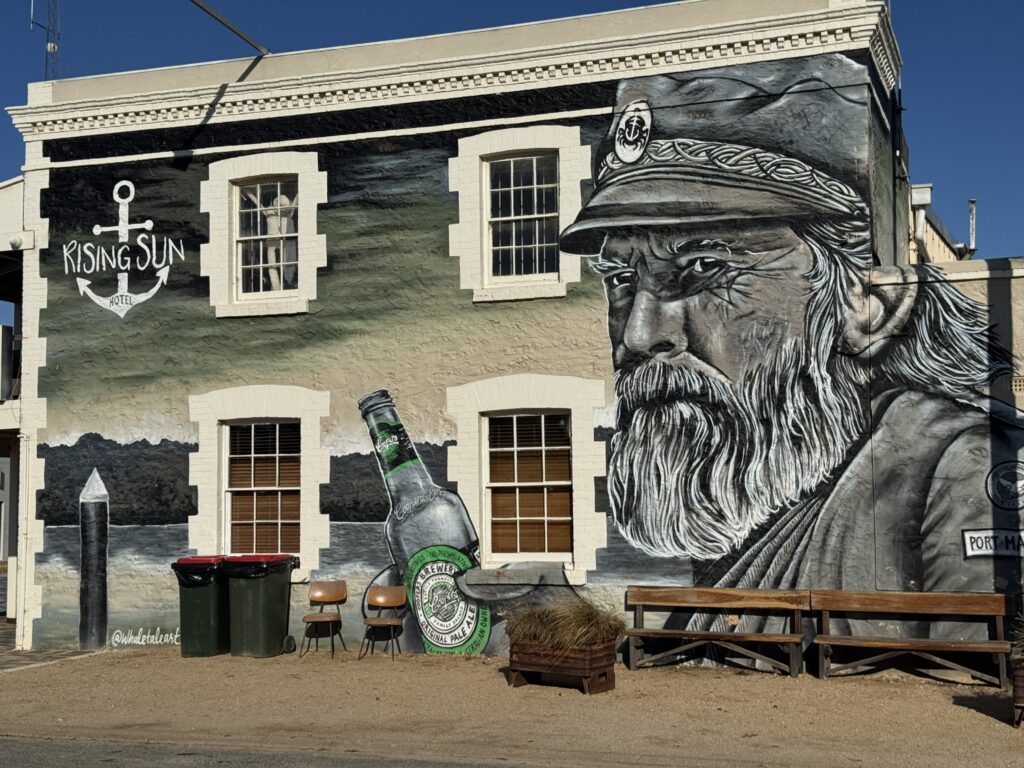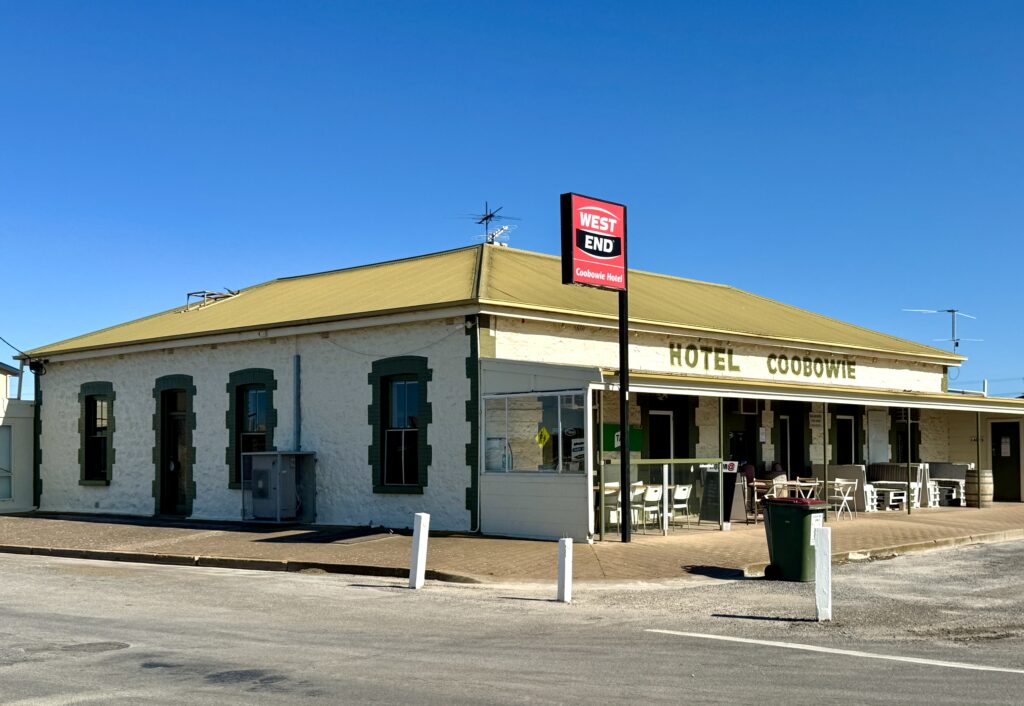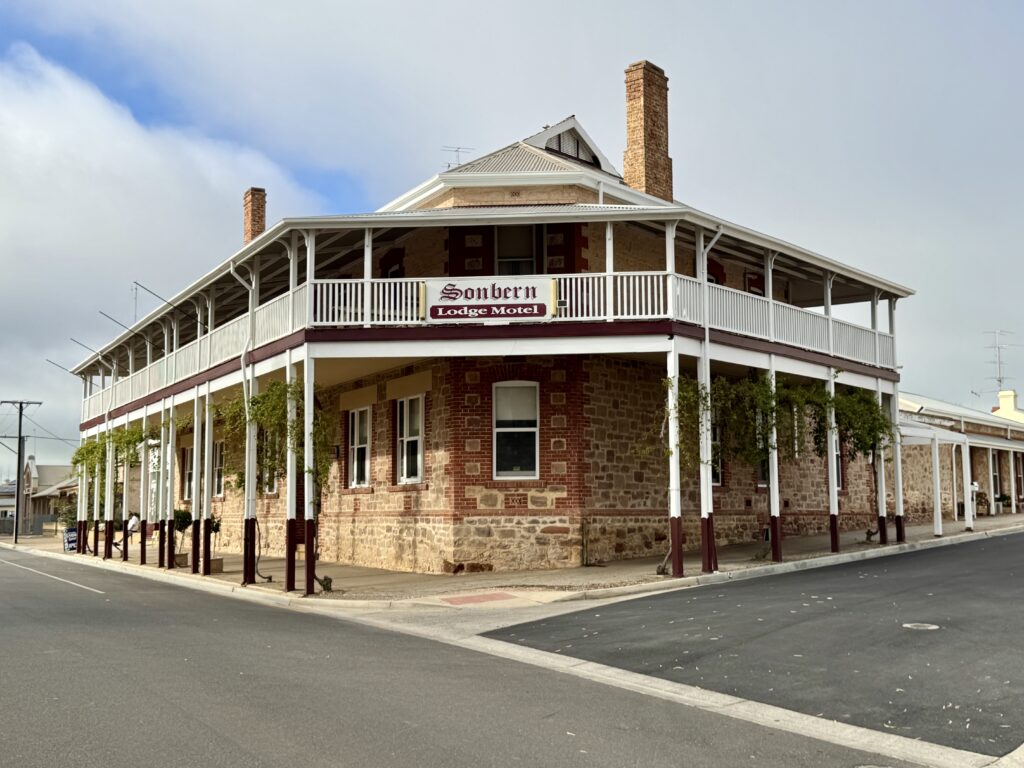
One of the best things about doing what I’m doing is that the lighthouses take me to places I’ve never even thought of, much less known anything about, and a case in point is the Yorke Peninsula, or YP as the locals like to call it.
Prior to plotting my journey I had a vague idea of where it was, but that was about it. Looking like a miniature Italian boot wedged between St. Vincent’s Gulf and Spencer Gulf, what a pleasant surprise it turned out to be!
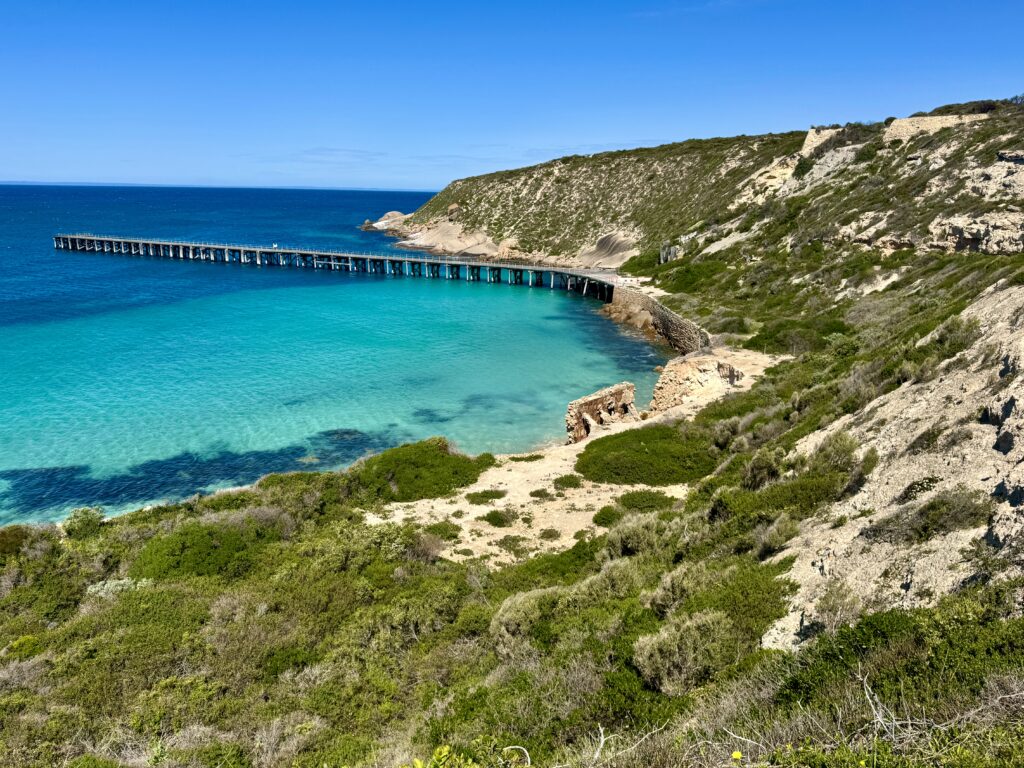

Not only does it have a very interesting maritime history, which I touch on in the relevant Lighthouse Story, but it has a fascinating Aboriginal and colonial history.
Like so many other parts of Australia, this story began in the Dreamtime at least 8,000 years ago when the Narungga people made this peninsula their home. For countless generations they lived as the traditional custodians of this land. Comprising four different clans, they coexisted peacefully, and their deep connection to country would endure even as the following chapters brought dramatic change.


The colonial era started with Matthew Flinders, who charted and named the peninsula after the Right Honourable Charles Phillip Yorke, who was Lord Commissioner of the Admiralty (being a sycophant got you places even back then). Based on his reports, European settlers would soon follow.
In 1840, two such settlers, Thomas Burr and John Hill, discovered good pastoral land, and European settlement commenced in earnest in the 1840s. Unknown to them, however, the peninsula’s true wealth lay below the surface, and it was a curious shepherd who changed the paradigm.
The 17th of December, 1859 proved to be transformational when four itinerant Cornish miners discovered copper on Walter Hughes’ Wallaroo sheep station. This discovery sparked a mining boom that would reshape the entire region. An even richer vein of copper was found at Moonta, courtesy of a wombat burrow, which—much to the chagrin of the wombat—went on to become Australia’s richest copper mine at that time.
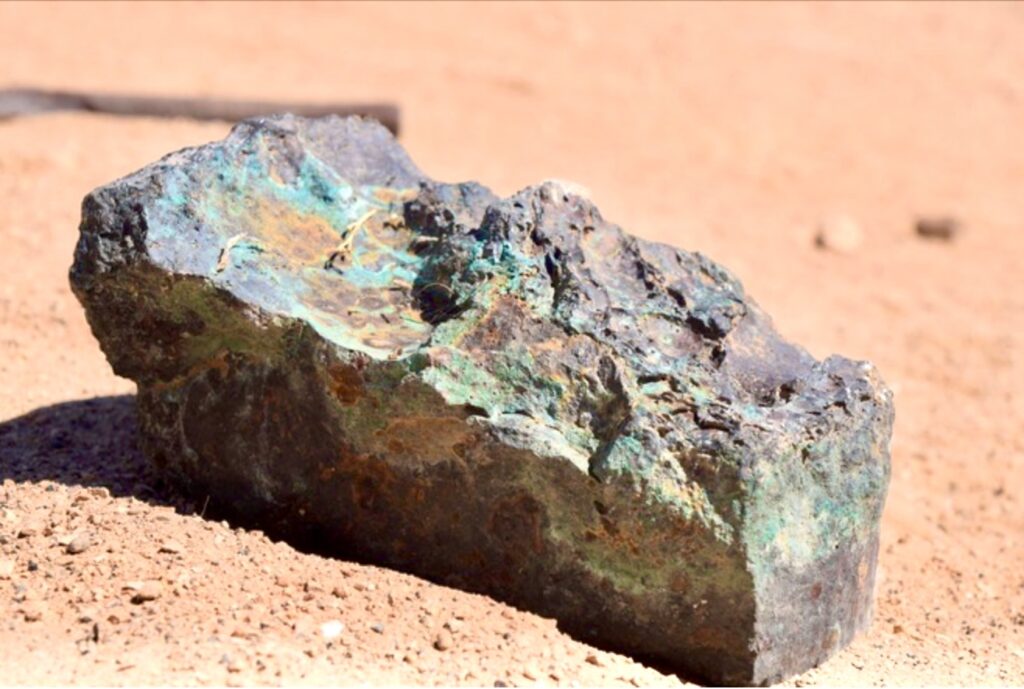
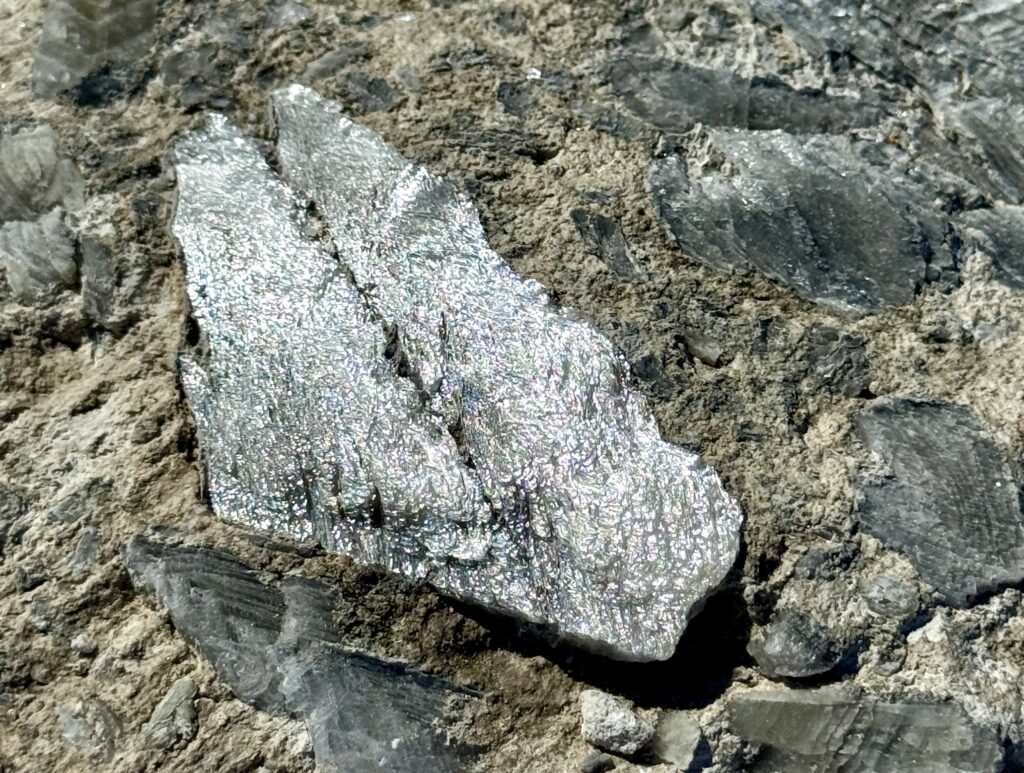
The copper boom unleashed an extraordinary cultural transplantation. Skilled Cornish miners, fleeing economic hardship in their storm-lashed homeland, sailed halfway around the world to recreate Cornwall in this distant land. They brought their mining expertise, their Methodist chapels, their distinctive stone cottages, and their unshakeable belief that copper could buy freedom. Soon, the three townships of Kadina, Moonta, and Wallaroo formed the legendary “Copper Triangle,” earning the collective nickname “Little Cornwall” as thousands of Cornish immigrants made this peninsula their new homeland.


The Moonta Mines became the crown jewel, their distinctive headframes and engine houses rising like industrial cathedrals above the red earth. At their peak, these operations employed thousands, their thundering stamp mills crushing ore around the clock while copper-laden ships waited at Wallaroo’s newly constructed wharves.
By 1870, Moonta rivalled Adelaide in importance, and the nearby Wallaroo smelting works were the largest in the world at one point, operating until 1923. Local towns thrived, railways were built to transport the ore to the smelter, and port facilities at Wallaroo were developed to cater for the increasing frequency and size of ships transporting cargo and passengers to and from the region. As discussed in the relevant Lighthouse Stories piece, a number of these ships came to grief on the shores and islands surrounding the peninsula, which resulted in the construction of several lighthouses to aid safe passage.

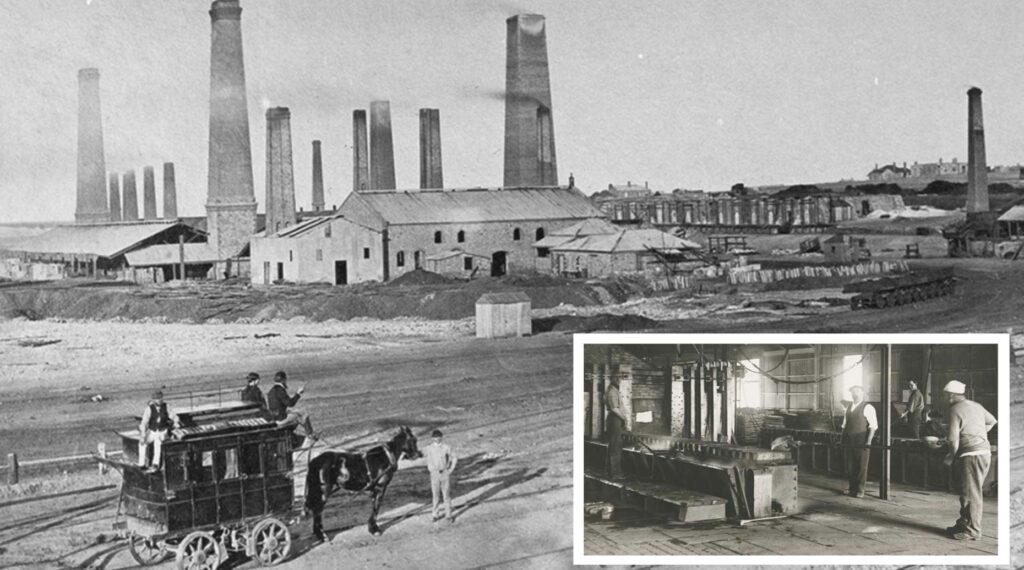
As the mining boom eventually faded, the peninsula reverted to its former agricultural roots, with hundreds of farms growing crops across the flat fertile land and gently rolling hills. This agricultural landscape stands in stark contrast to the natural scrubby bush and jagged coastline. But the mining legacy lives on—many of the farmers have Cornish names and can trace their ancestry back four or five generations to when their forefathers came to the other side of the world in search of those strange, green, copper-rich rocks. Remnants of the mines remain and you can still buy pasties at the local bakery, but the smelting and steel-making activities have relocated further up the gulf to Port Pirie and Whyalla.
An interesting new addition to the farmlands is the proliferation of giant wind turbines—wind farms, in the parlance of the day. Not only are these structures a contentious addition to the landscape, but the curious thing is that despite a steady 15 to 20 knot wind, none of these turbines were turning during my visit. One has to wonder about the practicality of the much-vaunted energy transition.
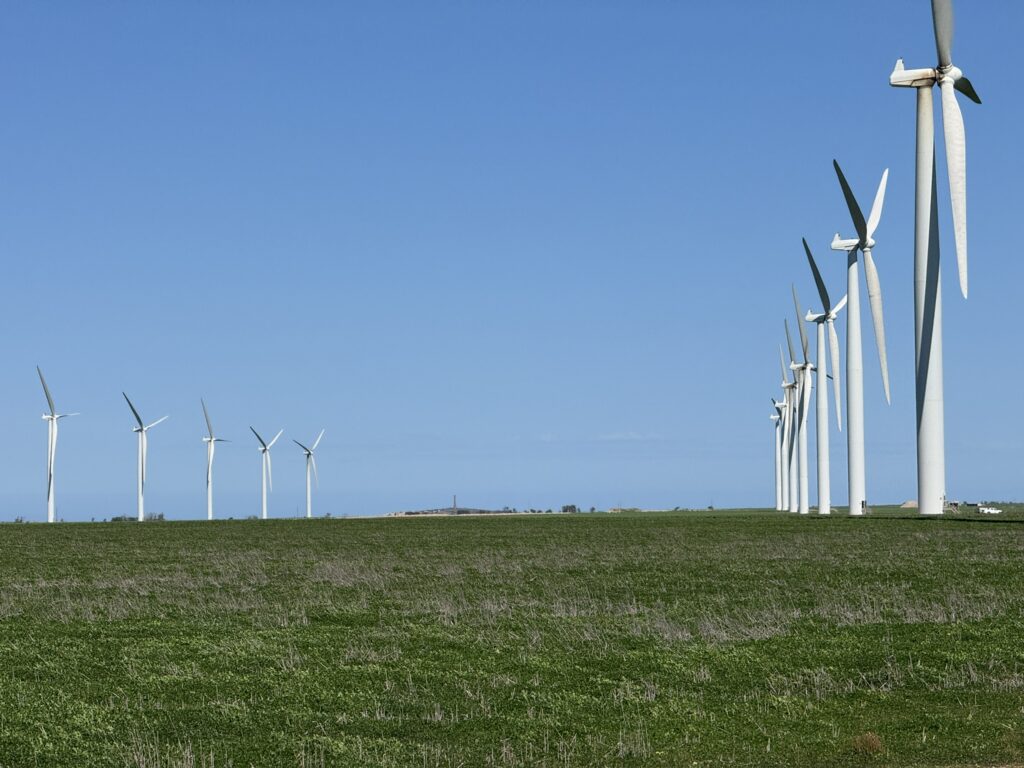
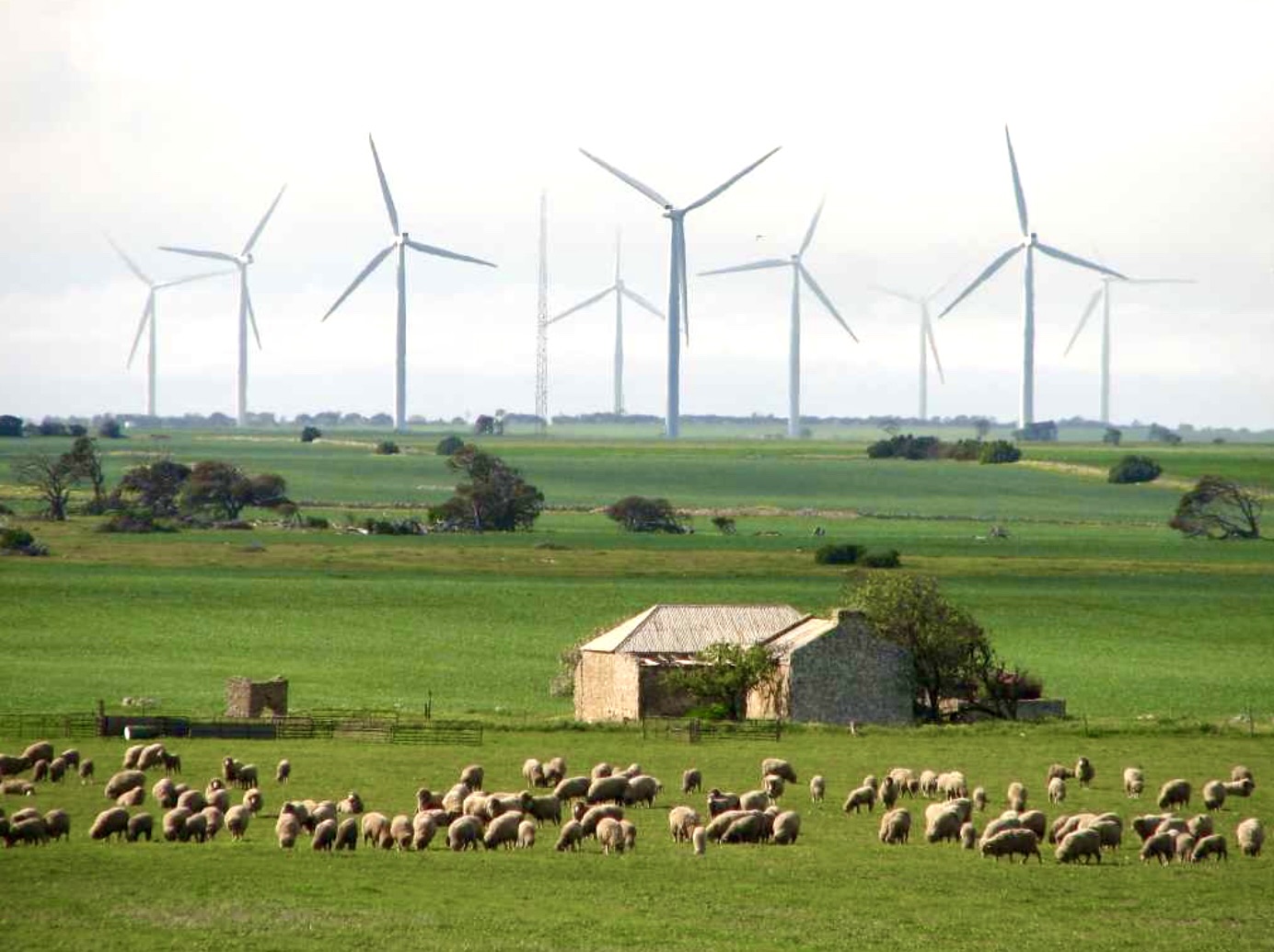
Wallaroo:
Like the place itself, this history was unknown to me, and after visiting the last lighthouse at Corny Point, I noticed a signpost pointing to Wallaroo. Who could resist spending a night at a place with a name like that? With low expectations I headed there and was delighted with what I found—an apparently thriving town with fantastic heritage buildings and a lighthouse I didn’t know existed right in the main street. After an excellent meal in a tastefully converted bank building, I parked down by the waterfront to spend the night. The next morning I explored the town and spent a couple of hours in the library, which was originally the train station.
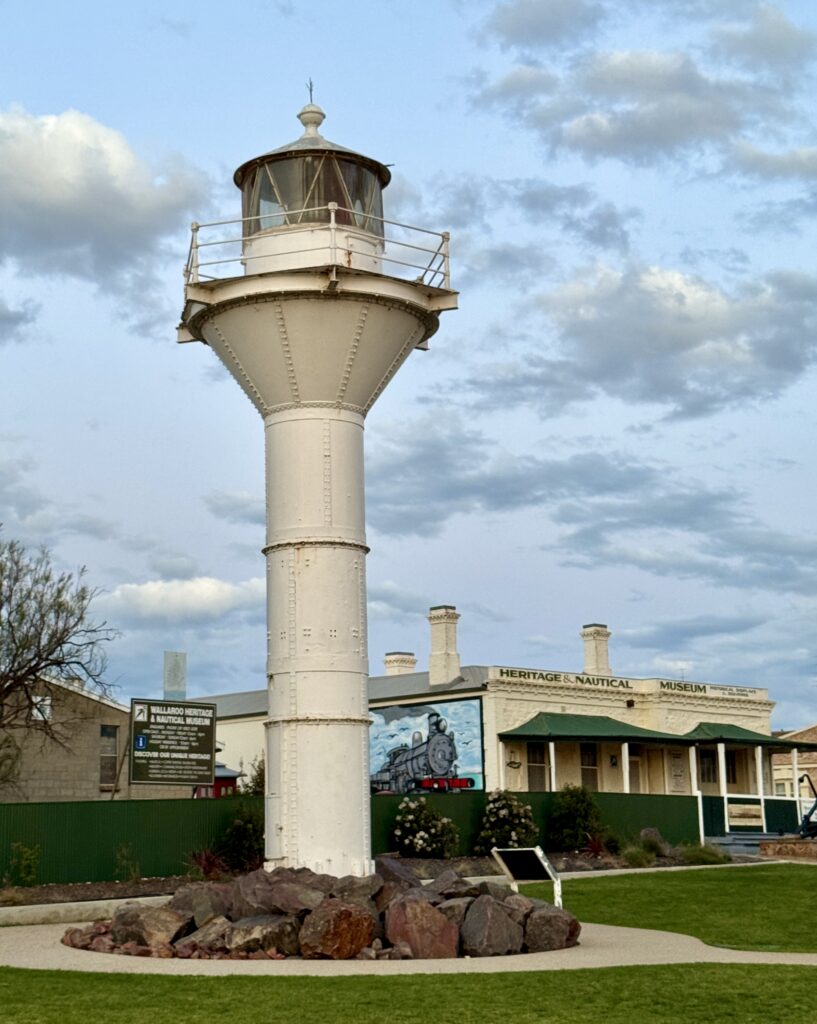
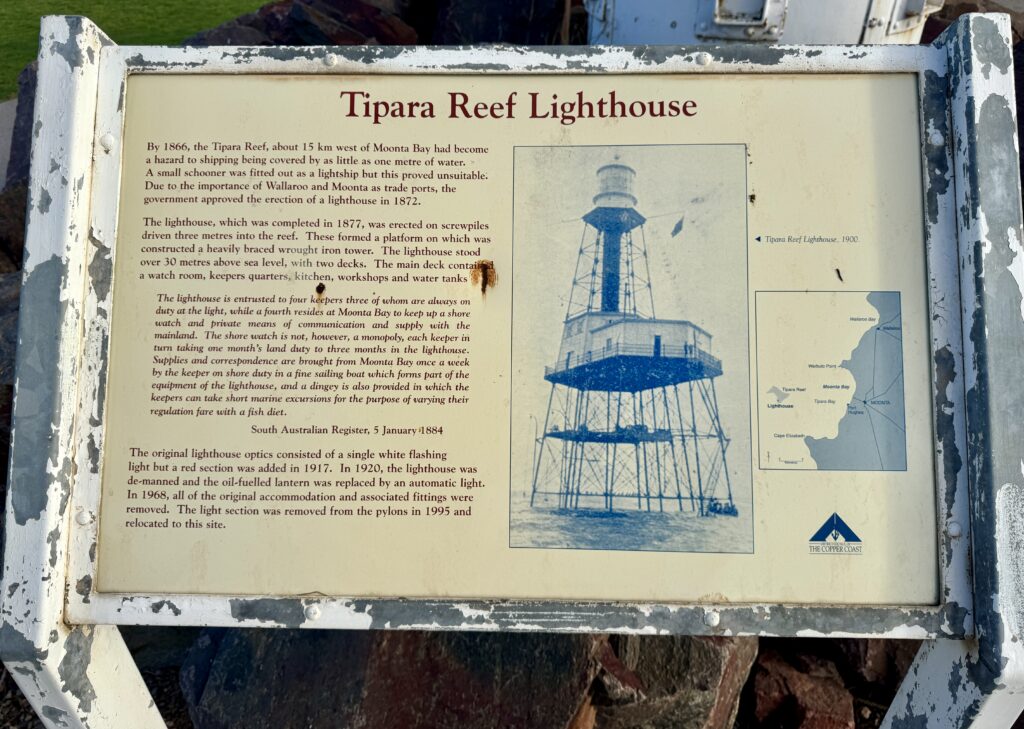
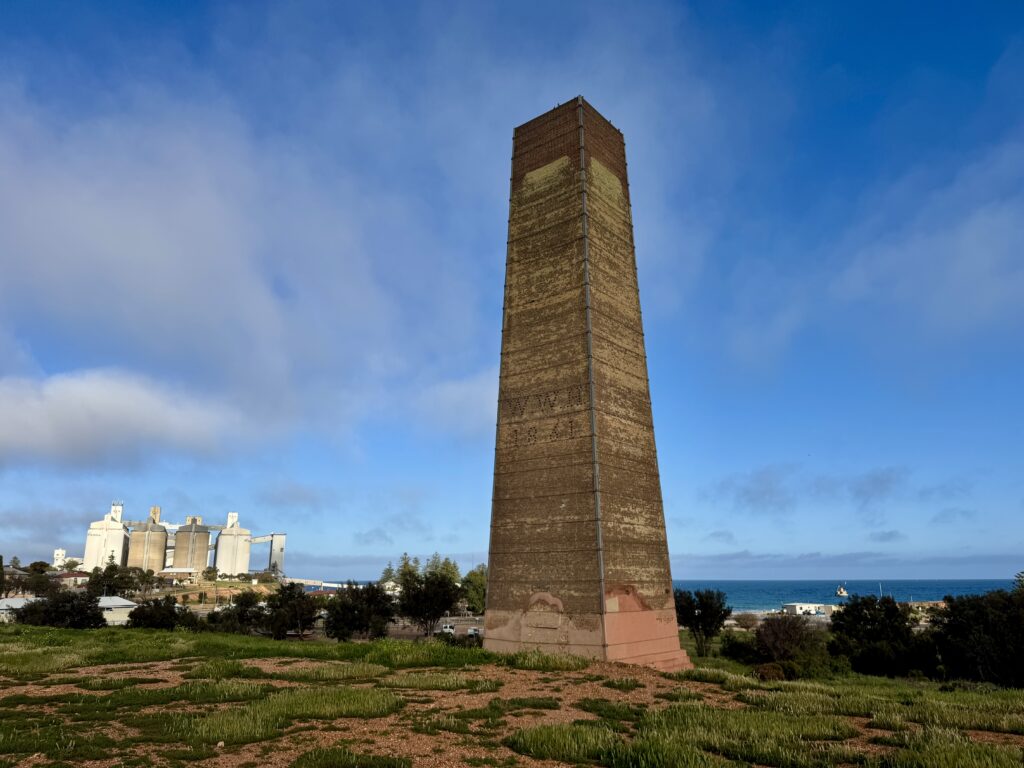
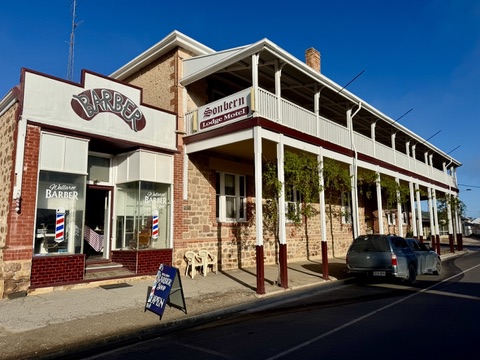
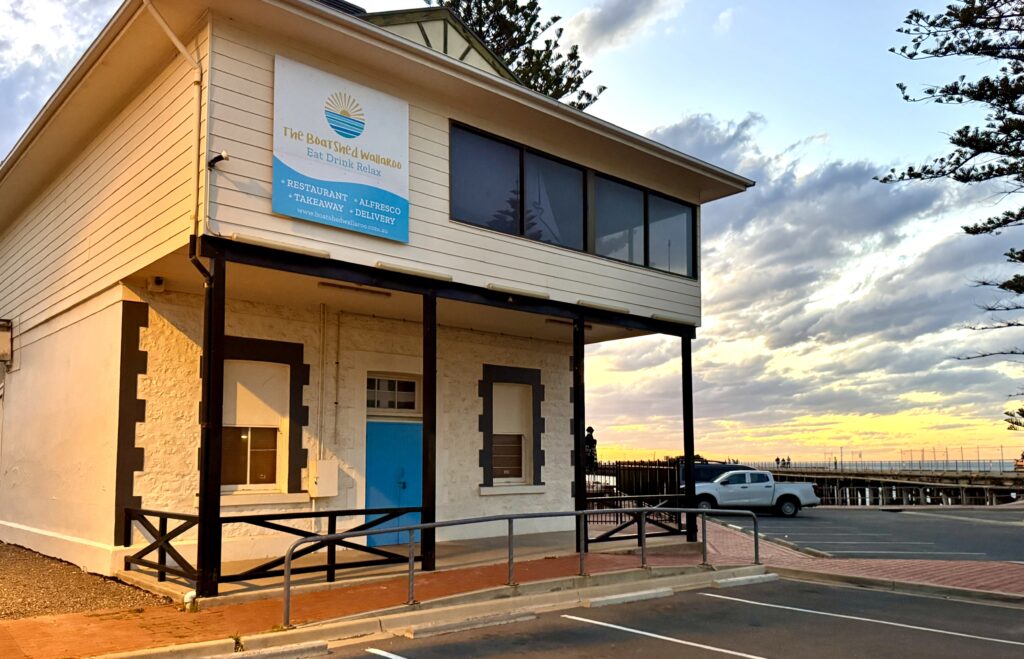
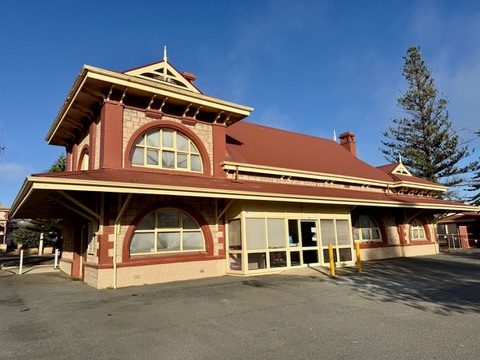
My initial delight, however, turned to disappointment when leaving the town I discovered modern subdivisions replete with cookie-cutter project homes and what appeared to be an abandoned, rather unsightly townhouse development on the outskirts of town. Talk about a contrast in styles—and sad to say, the modern construction is so much inferior to the buildings that were erected over a century ago. Wallaroo seemed to be a case study in what not to do when it comes to preserving the character of a historic town.
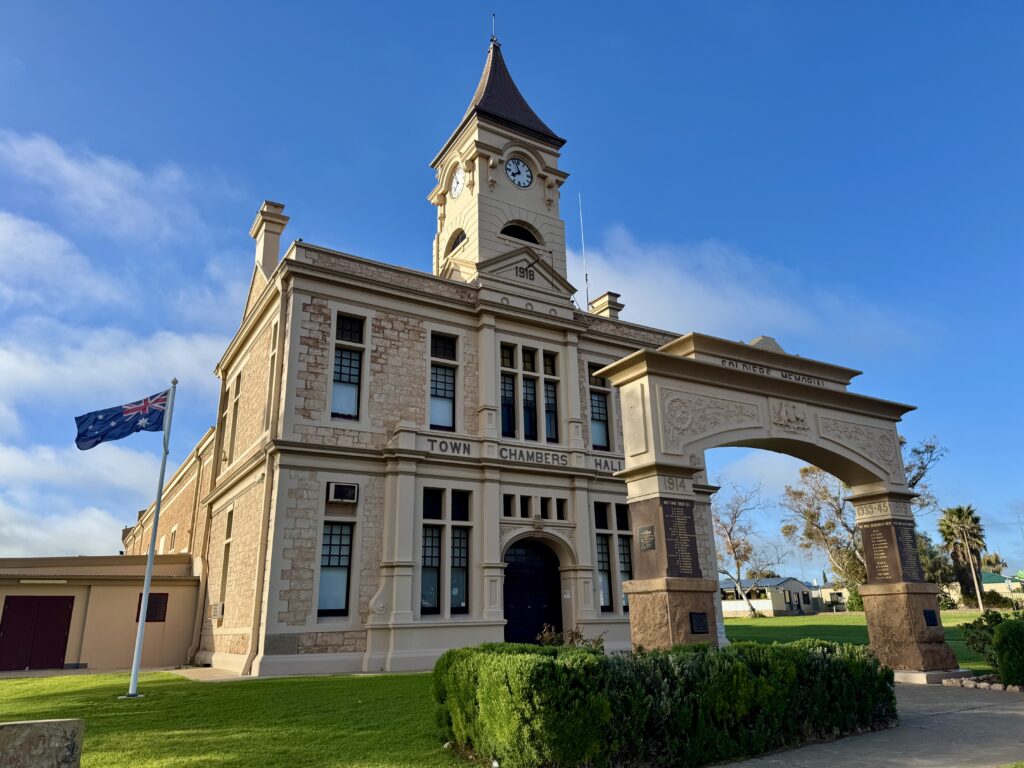
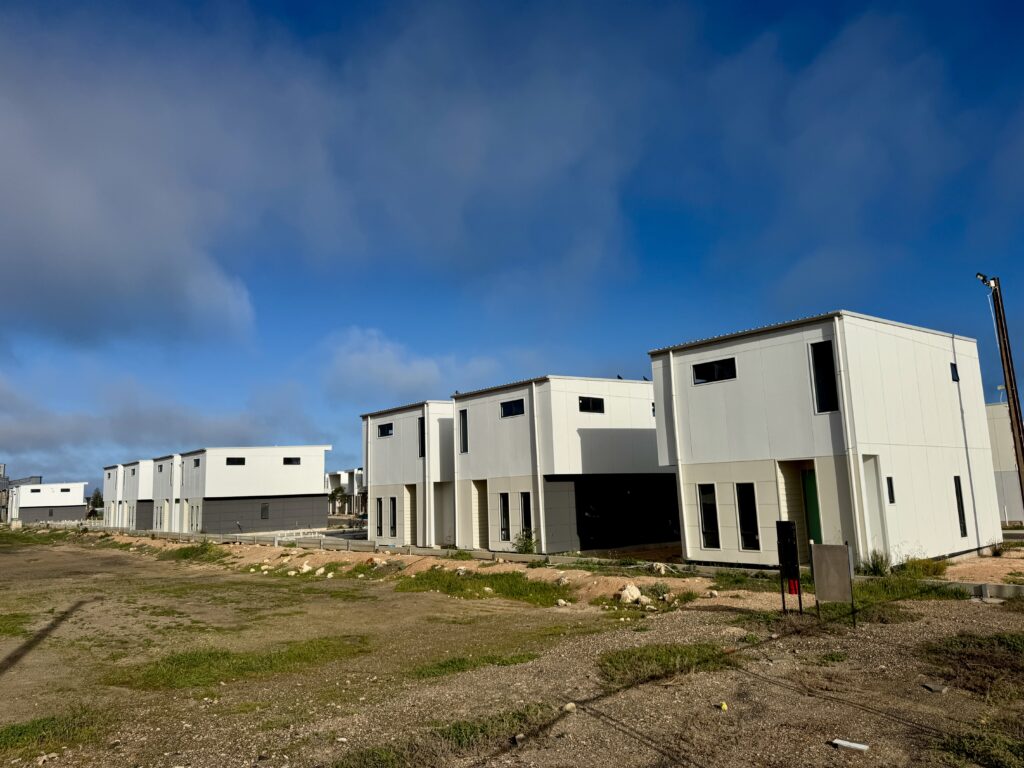
One of the other interesting features of the YP is the proliferation of great iconic pubs, most notably the Rising Sun in Port Campbell. I’m not sure if this was the inspiration for the reference in Cold Chisel’s anthem Khe San but as the boys were from Adelaide and Alice Springs it could have been? The more I think about it I’ve seem so many outstanding pubs in my travels so far that I think I’ll establish a “Portfolio” on my website devoted to them. Stay tuned, what could be better than Lighthouses and Pubs!
